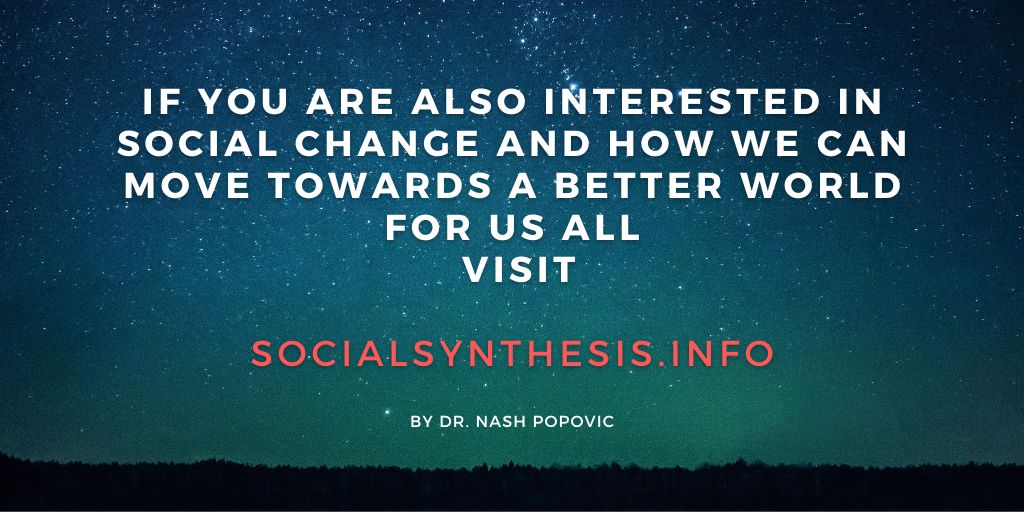14. Stability
Stability is not immobility.
Klemens von Metternich (19c German diplomat)
Our inner stability affects many areas of life, such as relationships, work and even sport activities, as well as psychological processes (e.g. reasoning, learning, decision-making, moods, sleep etc.). Stability is also essential for being in control (of yourself) and for dealing with unpredictable or challenging situations. It is not surprising then that it has a huge effect on our mental and physical well-being. We will suggest some methods to help achieve and maintain stability, but let’s start by clarifying first what it is.
The neutral position
Although you can sense whether you are stable or not, stability is not an emotion – in a way, it is beyond emotions. It can be best described as being in a neutral position. Knowing that this neutral position exists can help you with the emotional roller coaster and release you from the pressure to be in a good mood all the time. If you don’t feel great (and nobody always feels great), you don’t need to feel bad – you can be in this neutral position instead. This is not to say that stability makes you more passive. On the contrary, it enables a more active life as instability is energy-consuming. Intense experiences, too, are compatible with stability. Like in the eye of the storm, there can be stillness in your centre even when everything around you is racing. The main challenges to stability are actually inner conflicts, which we covered in Harmonisation, and also (unnecessary) tension, nervousness, and impulsiveness. We will suggest how to address these three here.
Relaxation
Tension has the function of protecting or preparing the body for action. However, the body is not very good at distinguishing between the internal and external world (imaging a danger can be enough to make it tense), nor between physical and psychological threats. This is why we end up tense when we don’t need to be. To make it worse, tension can easily become a habit, and you may not even be aware that you are tense. Check your shoulders now – are they up? Are you tense elsewhere? Do you need to be? Prolonged tension is not good for our health and mental stability – we all intuitively know how important it is to relax. Some resort to drugs, cigarettes and alcohol for that purpose, but their effects are short-lived and, in fact, increase tension and irritation in the long run. The good news is that there are some techniques that can relieve tension without any ‘side-effects’:
Progressive relaxation consists of first contracting (making tense) and then relaxing each set of muscles in sequence, starting from your feet and ending with the top of your head. You can memorise these instructions or record them to guide you through the process.
Get comfortable and close your eyes…
- Focus on your toes, curl them up as much as you can and then let them completely relax.
- Make your calves tense… and now let the tension go.
- Make your thighs tense… and let them relax.
- Focus on your pelvic area, make it tense… and let go.
- Pull your tummy in… and now let it relax.
- Breathe in slowly and hold your breath for a while… breathe out and let your lungs relax.
- Lift your shoulders, hold them up… let them drop.
- Make your fists tight… and let your hands relax.
- Make your neck and lower jaw tense… and let it go.
- Tense your face, frown… now let your forehead, eyes and mouth relax.
- Pull your ears and scalp back and then let them relax.
- Scan your body and let go of any remaining tension.
Slowly, in your own time, open your eyes.
Autogenic training starts in a similar vein:
Get comfortable and close your eyes…
- Imagine that your limbs are getting heavy and warm (like balloons being filled with warm water).
- Become aware of your breathing and your heartbeat and allow them to become calm – you don’t need to do anything, they will calm down on their own.
- Make your tummy warm (like after having hot soup) and your forehead cool (as if touched by a breeze).
Slowly, in your own time, open your eyes.
Centring and Grounding
When we are in the middle of a situation that makes us nervous (e.g. during an interview or on a first date), it may not be enough or easy to relax. These interventions can help in such situations – you can do them without anybody even noticing.
Centring: relax and then focus on the approximate centre of your body, which is about three fingers below the navel. Let it become your ‘centre of gravity’. You can practice keeping your focus on that point while sitting, walking or doing some mundane tasks. In time, you will be able to get there easily and quickly when you need to stabilise yourself.
Grounding: focus on the parts of your body that are in contact with something solid (e.g. chair you are sitting on); if standing, focus on your feet touching the ground (you can even imagine that you are holding the Earth with your feet). This can help you feel more grounded and stable.
Meditation
The greatest challenge to stability is our impulsive reactions. How many times a day you just can’t help swearing or shouting? For that, we need something quite special. You have almost certainly heard of meditation and might already be practising it. If the latter and you are happy with it, carry on with what you are already doing. Otherwise, you may try the exercise described below. There are many ways to meditate; this one is suggested as it is suitable for beginners and easy to do and remember.
Meditation should last around 20 minutes. It is often associated with sitting cross-legged but this is not necessary. Just sit comfortably (or even lie down), relax and close your eyes. In a nutshell, meditation is about observing your mental processes without engaging with them. Allow any thoughts, images, feelings and other sensations that enter your mind to pass by without interfering or letting yourself be carried away by them (as if they are passing trains). To anchor yourself, keep the focus on your breathing (but don’t attempt to change it). Alternatively, you can choose a sound or word to repeat (such a sound or word is called a mantra and it does not need to have a meaning). If some pressing or interesting thoughts appear, make a mental note to come back to them later and gently focus on breathing or your mantra again. Do not pressurise yourself in any way or try to block your thoughts forcefully. Meditation works only if the process is not forced.
To be really effective with impulsiveness, the freedom meditation gives you to engage or not with your mental events needs to be translated into your daily life and activities. In other words, for lasting stability, you need to make the state of mind that the above exercises help you reach your new habit.

